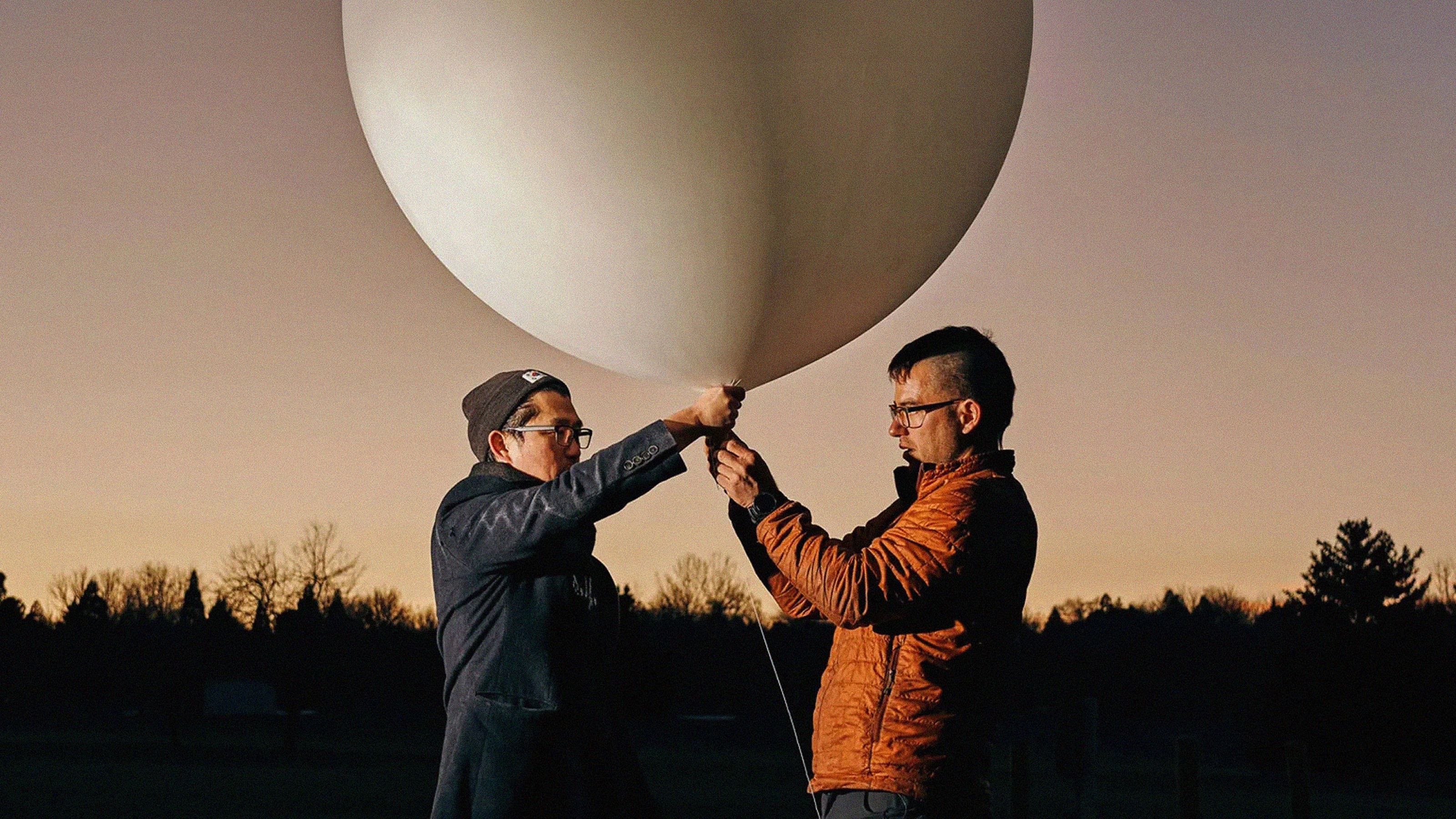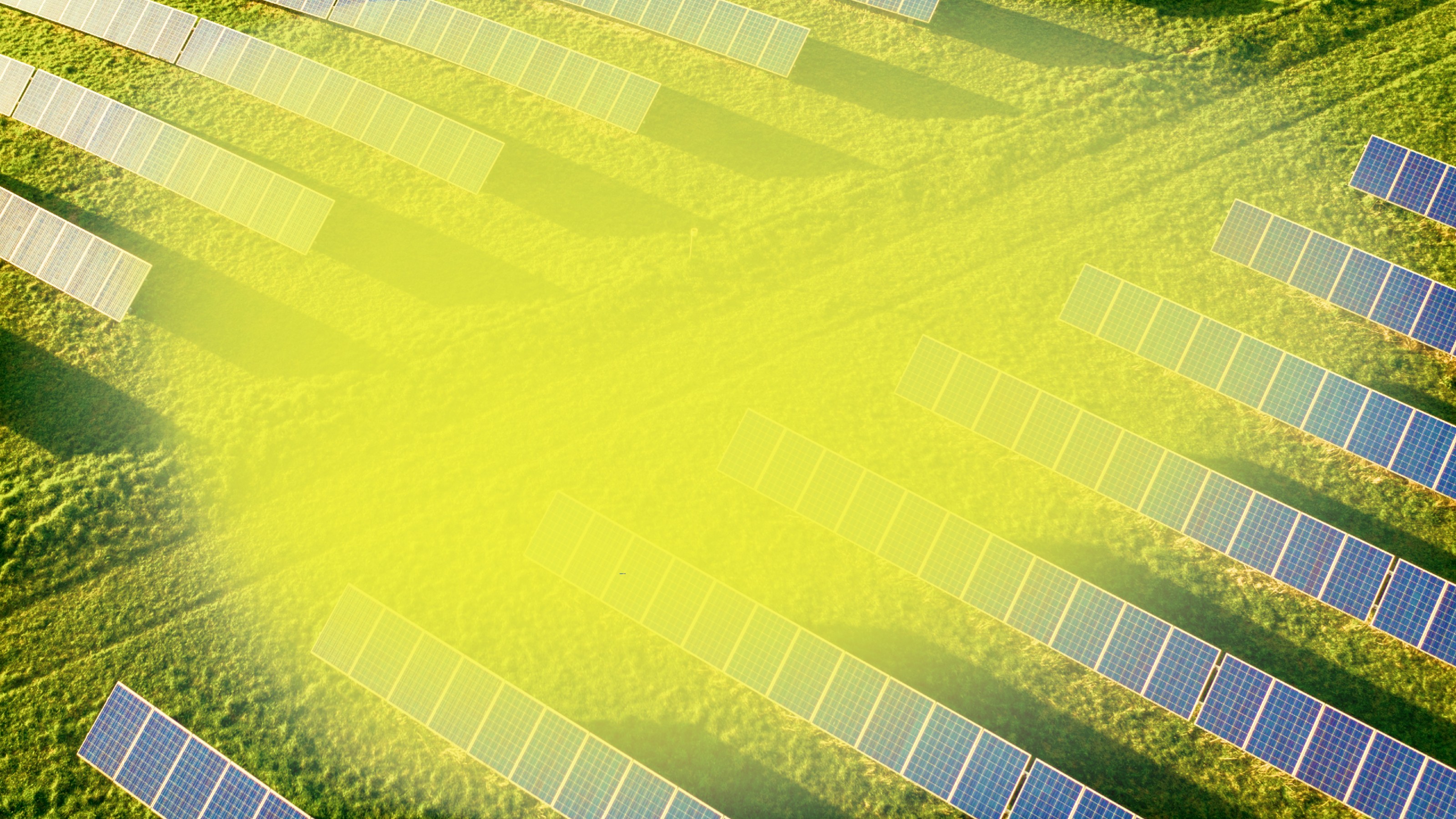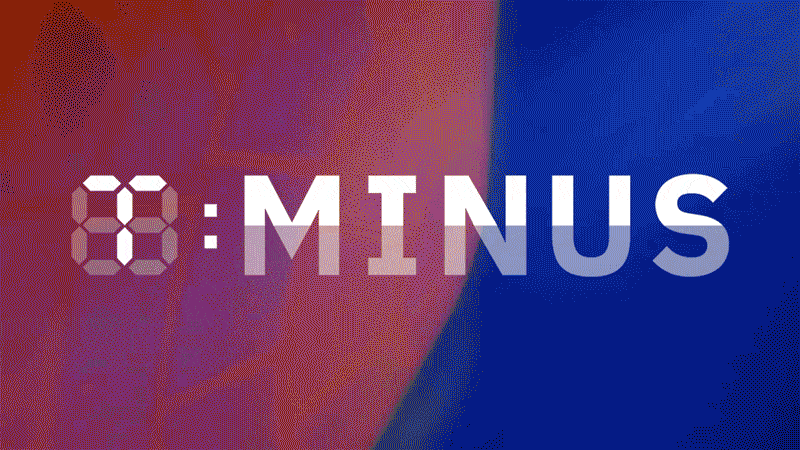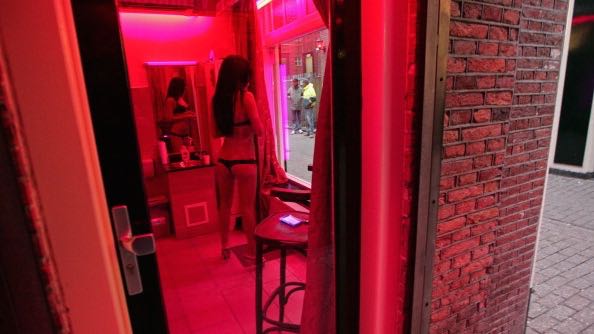No Space for New Parks in Your City? How About Under it?
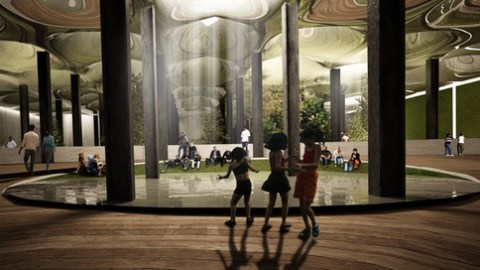
James Ramsey and Dan Barasch have a dream. They want to build the first underground park, and they want to do it underneath one of the most crowded and lively areas in the world — the Lower East Side of New York City. In order to realize their dream, they have developed a “simple system” that can harvest sunlight above the streets and then direct it below the city sidewalks, in a way that will allow plants and trees to grow underground.
The story of the project begins about five years ago when Ramsey, owner of design firm Raad Studio, and Barasch have a chat over wine, discussing the abandoned one-acre Williamsburg Bridge trolley terminal, solar technology that can allow trees and plants to grow underground, and the possibility of combining the two to turn an abandoned underground terminal into an underground park.

In 2012, team Lowline (as the project has been nicknamed) installs a functioning full-scale prototype of the solar technology and accompanying green park in an abandoned warehouse directly above the actual site, proving that the idea is absolutely feasible.

The system, designed by Ramsey, consists of a solar collection dish, raised above ground on a helio tube with a fiber optic cable that channels the light collected by the dish to subterranean subway stations. On the other end of the tube, underground, a dome reflects and distributes the channeled sunlight. The system filters out harmful ultraviolet and infrared light, but keeps the wavelengths used in photosynthesis, enabling the growth of trees and grass.

“Once built, the Lowline would be a dynamic cultural space, featuring a diversity of community programming and youth activities. We envision not merely a new public space, but an innovative display of how technology can transform our cities in the 21st century. And along the way, we intend to draw the community into the design process itself, empowering a new generation of Lower East Siders to help build a new bright spot in our dense urban environment.”
An underground park like the Lowline is surely needed in an area that gets only one-tenth of the green space that other cities get. A big advantage is the fact that the underground park will be able to function throughout the year, regardless of the seasons and weather conditions.
Ramsey and Barasch plan to open the park in 2018. In the meantime, they are conducting seminars, discussions, and exhibitions, engaging young people and the entire community in the project and are also completing negotiations with the MTA and the city to build and operate the park. They are also currently fundraising on Kickstarter for the construction of “an ambitious Lowline Lab — a long-term solar device-testing laboratory and public exhibition to test and display our tech and design vision.”
Photos: The Lowline
